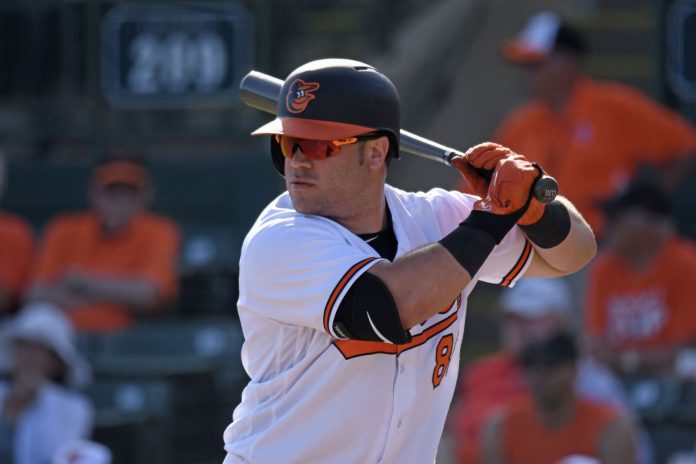I didn’t realize this about Defensive WAR calculations. That a guy with a negative WAR at first base or right field could be a great fielder and a guy with positive WAR at Shortstop or Catcher could be a bad fielder. Quotes from the Baseball Reference founder. Apologies if everyone already knew this. It was always hard to understand why Markakis could have had a negative WAR rating and this explains it. BR said if they didn’t include positional adjustment Keith Hernandez and Barry Bonds would have the highest career WAR of all time but instead Keith has a career WAR of 0.6.
Tony’s reponse:
I did know Baseball Reference was adjusting oWAR and dWAR due to position. I always thought the dWAR was rating them to players at that position, not over all fielders. I also didn’t understand he was doing that with oWAR.
I understand he’s trying to determine value and there is more value in SS fielding vs a 1B, but I know I was using dWAR to make a quick assessment of a fielder’s ability at that position.
Seems like there needs to be a category that quickly assesses a player’s value at that position in comparison to the average fielder at his position. Rdrs/yr is probably the closest stats that does that. I’ve been using that for years but not as much as I should have now that I understand dWAR fully.
Still, there are context issues between Rtot and Rdrs and such. Besides being negative or positive, what does -10 mean vs -20? How much worse does that mean?
One of the things I loved over at baseballsavant.com was their catch probablities stats. I really felt that gave me a pretty good idea of the outfielders ability to make catches vs others. It doesn’t of course take throwing into consideration.
Fielding stats certainly need to continue to improve and statcast should help with that.
https://medium.com/joeblogs/dwar-to-end-all-wars-62f558093e02

























